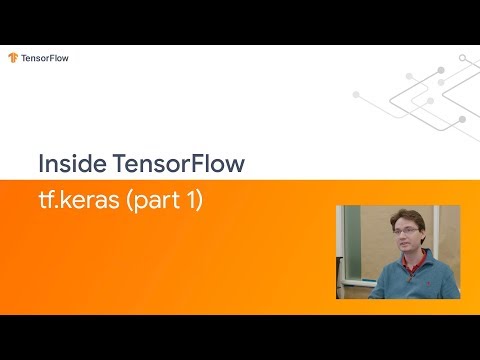Description:
Explore an in-depth technical overview of tf.Keras in this 54-minute video presentation by Francois Chollet, the creator of Keras. Dive into the internal architecture of Keras, understanding the role and functionality of layers, models, and the Functional API. Learn about lazy layer building, nested layers, loss collection, serialization, and the differences between eager and graph execution. Discover advanced topics such as automatic masking, symbolic inputs, and dynamic layers. Gain insider knowledge from the TensorFlow team's internal training session, offering valuable insights for both beginners and experienced developers working with TensorFlow and Keras.

Inside TensorFlow - tf.Keras - Part 1
Add to list
#Computer Science
#Machine Learning
#TensorFlow
#Artificial Intelligence
#Neural Networks
#Deep Learning
#Keras